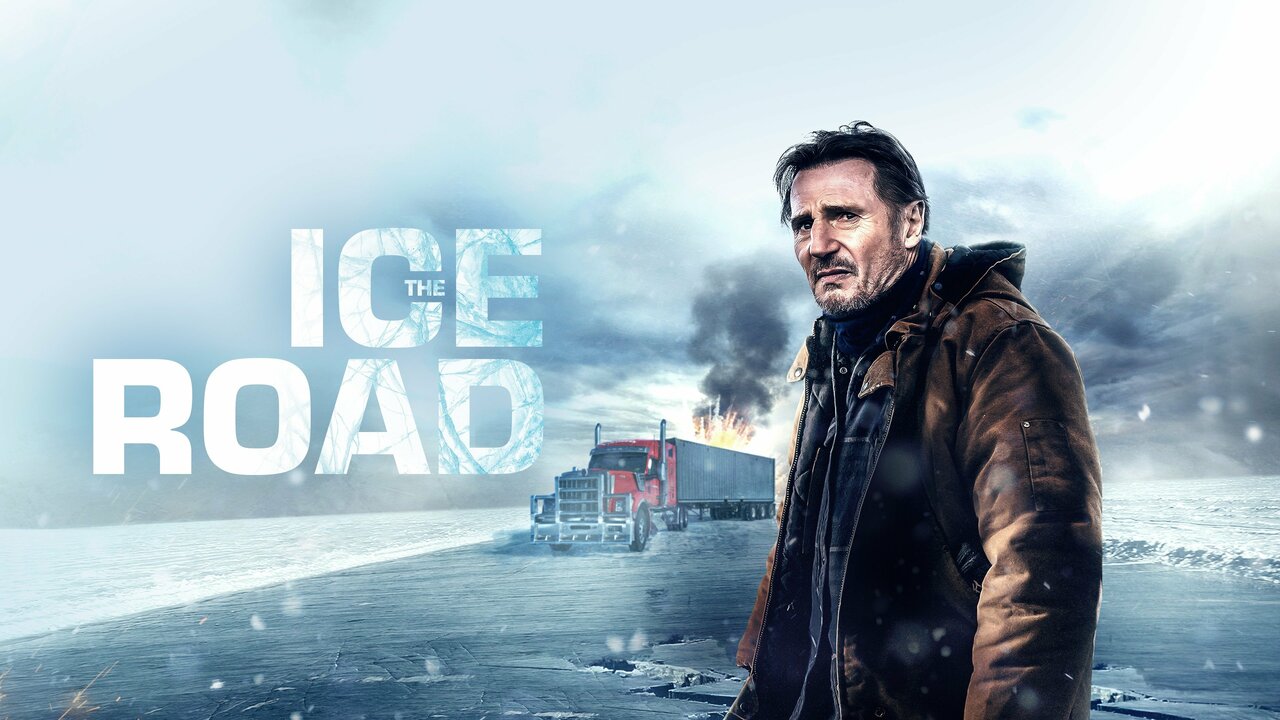Directed by David Ayer, Fury (2014) is a gritty, intense portrayal of World War II from inside the cramped, claustrophobic space of a Sherman tank. The film stars Brad Pitt as Don "Wardaddy" Collier, the hardened tank commander who leads his five-man crew deep into Nazi Germany during the final days of the war.
What sets Fury apart from typical war movies is its focus on the relationships between the crew members and the brutal emotional toll war takes on them. Alongside Pitt, the film features standout performances by Shia LaBeouf, Logan Lerman, Michael Peña, and Jon Bernthal. When Norman, a young and inexperienced soldier (Lerman), joins the crew, he is thrown into the horrors of battle with little time to adapt. Under Wardaddy’s command, Norman is forced to harden quickly, shedding his innocence in the face of unimaginable violence.
The film’s cinematography is both haunting and beautiful, with muddy battlefields, roaring explosions, and the constant threat of death creating an unrelenting atmosphere. The action sequences are brutal and realistic, but it’s the quiet, human moments inside the tank where the movie truly shines. The tank, called Fury, becomes a symbol of survival and shared trauma.
The climactic final stand—where the crew decides to fight off an entire SS battalion rather than retreat—cements the film’s central themes: courage, sacrifice, and brotherhood. As most of the crew perish, Norman hides beneath the tank and survives, rescued at dawn by American forces. His survival is symbolic, representing a small glimmer of hope amid devastation.
If a sequel were imagined, Fury: Aftermath could explore Norman's life in the post-war world. Set in the 1950s or '60s, Norman, now older and emotionally scarred, works in a quiet town, trying to live a normal life. But nightmares and guilt haunt him. The memories of Wardaddy and the crew follow him everywhere.
The story could unfold as Norman is drawn into mentoring a younger veteran struggling after the Korean War or Vietnam. Through this connection, Norman begins to process his own trauma. Meanwhile, he reconnects with the family of one of his fallen crew members, helping them understand the heroism and sacrifice their loved one showed.
A sequel like this wouldn’t be about war, but about healing after war—how the battle never truly ends when the guns go quiet. Fury was about surviving the war; Fury: Aftermath could be about surviving the peace.



